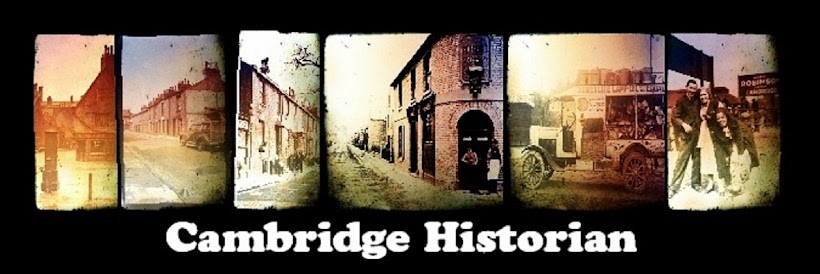Frederic Myers a well-known poet and classical lecturer at Trinity College, Cambridge, along with colleagues who included Edmund Gurney, a Classical Scholar at Cambridge, Professor Henry Sidgwick, a Cambridge philosopher, and Frank Podmore, together formed the Society of Psychical Research in 1882.
 |
| Frederic Myers |
Frederic Myers, Edmund Gurney and Frank Podmore in 1886 published what was called at the time 'The most ambitious piece of psychical research to date'.
The report contained 1,400 pages and was called 'Phantasms of the living' and Fredrick Myers is reported to have said it was 'To open an inquiry which was manifestly impending and to lay the foundation - stone of a study which will loom large in the approaching age'
The authors hoped the report would banish any remaining doubts about the reality of phantom encounters.
The reports in 'Phantasms of the Living' looked at a theory based on telepathy. The authors noted that ' The ability of one mind to impress or be impressed by another mind other than through the recognized channels of sense' Basically the percipient could be receiving a telepathic signal from the apparent.
The theory also states the apparition does not need to be present in any order to be represented as a phantom.
 |
| Edmund Gurney |
The report became controversial and of the 701 cases reported more than half coincided with either the approach of the death of the apparent or with some critical moment in a person's life. It was suggested that in such moments of crisis, telepathic communication seemed more likely to take place.
Another report looked at by the SPR was put together by Professor Henry Sidgwick and called 'Census of Hallucination'
Sidgewick hoped to discover what proportion of the public had experienced hallucinations that could be apparitional.
He looked at three types of hallucinations: sight, hearing and touch.
The question on the census paper read: ' Have you ever, when believing yourself to be completely awake, had a vivid impression of seeing or being touched by a living being or animate object, or of hearing a voice, which impression , so far as you could discover, was not due to any external physical cause?'
The question was on a form that required a simple Yes or No answer. Those who answered Yes were provided with another form on which they were asked to put all the details.
 |
| Henry Sidgwick |
Nearly ten percent admitted to having experienced sensory hallucination.
The figures were 1,029 women, 655 men. Of the total numbers reported, 1,087 were visual and 493 where audio, two had been by touch and 129 of the phantom encounters had been experienced by more than one person.
Sidgwick discovered crisis apparitions occurred with far greater regularity than any other type; in fact, apparition at a time of crisis proved 440 times more frequently than the chances of one appearing for any other discernible reason.
This article may also be of interest: The Silver Street Ghost

